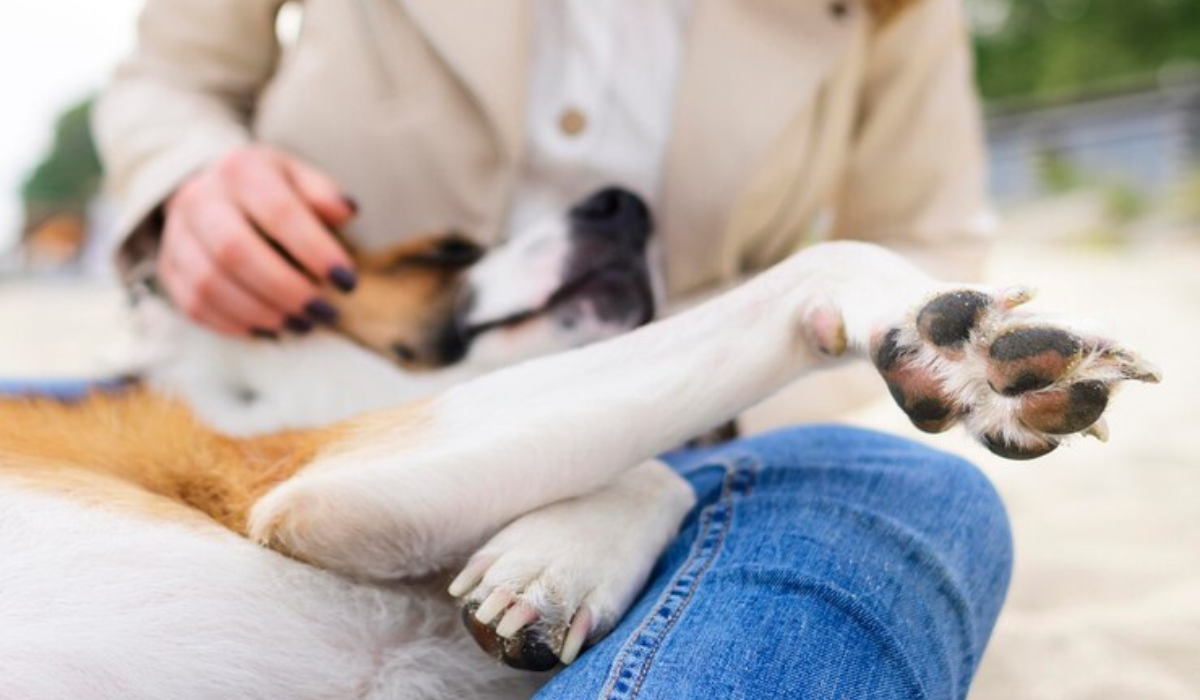It can be a distressing experience to discover that your dog has a broken leg. However, recognizing and acting on the signs is vital for their health. This comprehensive guide will help you identify potential broken bones and how to treat them.
Breaking a Bone:
Difficulty moving:
You may notice that your dog is in pain and stiffness. It might also have difficulty moving the affected joint.
Swelling, bruising and swelling:
You should look for swelling and bruises around the joint.
Asymmetry:
The joint can appear asymmetrical with deformities or swelling.
Shortening (also known as bending, twisting or shortening):
Affected joints may show signs of shortening or bending.
Take immediate action:
Do not attempt DIY solutions:
- Never try to fix a dislocated bone on your own if you suspect that a fracture has occurred.
Keep Calm
- Your dog can feel your emotions. It is important to remain composed. To prevent further injury, gently move your dog into a safe indoor area.
-
Animal Emergency Assistance:
- For professional treatment, contact the emergency veterinarian immediately.
- Give detailed information about the event.
- If your dog bleeds, apply gentle pressure with a towel or shirt to stop the bleeding.
- Be careful, as dogs that are injured may become defensive. Consider using a muzzle to control them if needed.
- When possible, ask a friend or family member to accompany you on the trip.
Veterinary Examination
Examine the entire body:
- The vet will perform a thorough exam to determine the extent and severity of the injury.
Treatment Options
- In extreme cases, the leg may need to be amputated.
X-rays:
- It may be necessary for X-rays to determine the type and severity fracture.
Safety Measures
Avoid DIY Solutions
- Apply creams, sprays or ointments to the wound instead of trying to set it.
Transport with caution:
- Be cautious, especially if your dog is in pain and may be prone to defensive reactions.
Recruit Assistance:
- When possible, ask a friend or family member to accompany you on the trip.
Professional Veterinary Care
Important Importance
- For the best outcome, it is important to receive professional care including X-rays.
Never Self-Treat.
- Do not attempt to treat a broken bone by yourself.
Overall Message
The recovery of the dog and its well-being is aided by prompt recognition and professional care. These steps will ensure a more efficient and safer response to any potential broken bones.
Understanding Broken Bones In Dogs: Causes Symptoms and Treatment
A broken bone can be a distressing experience for dogs. The recovery process is also difficult for their owners. This guide will help you understand broken bones in dogs. It covers the causes, symptoms and treatment steps.
What causes broken bones?
Broken bones are common in dogs as a result of traumatizing incidents, such as motor vehicle accidents, falls, gunshot wounds, and even cancer. Fractures are caused by excessive force on a bone that exceeds its core strength.
There are several types of broken bones:
-
Fracture that is incomplete or complete:
- Fracture incomplete: the fracture only extends partway around a bone.
- Complete: The entire circumference of the bone has been broken.
-
Transverse, Oblique or Comminuted
- Transverse: A fracture that runs straight across.
- Oblique: Across the bone in a diagonal direction.
- Comminuted: the break is made up of three or more pieces.
-
Open or closed Fracture
- Open: Wound on the skin near the fracture.
- Closed: no visible wound.
Broken Bones in dogs:
Lameness With Affected Limb Holding Up:
- Watch to see if your pet is dragging a limb or preferring one over the other.
Joint swelling and pain:
- Look for swelling in the joints and limbs.
Unusual Posture
- Dogs with broken bones may adopt an unusual position to avoid placing weight on the affected part.
Whimpering, or vocalization:
- When a dog is in pain, they may whimper or vocalize when trying to move.
Avoiding Weight:
- It could be an indication of a fracture if your dog refuses to place weight on the limb.
Changes in Behavior:
- You may notice behavioral changes, such as withdrawal, aggression or loss of appetite.
Take immediate action if your dog breaks a bone:
Keep Calm
- Move your dog safely out of harm’s way, without manipulating a fracture.
Contact the emergency vet:
- For immediate treatment and assessment, contact your veterinarian.
Safety Measures
- If the wound bleeds, apply a clean towel to it and gently press down.
Consider Assistance
- Be careful, especially if your dog is in pain and may be prone to defensive reactions. You may want to consider asking a friend or family member for help during the trip to the veterinarian.
The veterinary treatment for broken bones:
Diagnosis:
- Radiographs and a physical examination are standard methods for diagnosing a broken bone.
Understanding Severity:
- Fractures can be either simple or complex, and they come in varying degrees. It is important to have realistic expectations for a successful recovery.
- Treatment Options
- Keep your dog calm, and limit their movements.
- Treatment options include splinting and casting for fractures that are stable, surgery in severe cases, or pain management with medication.
Recovery and Management
-
Healing Time
- Adults and puppies can expect to heal their bones in three to four months.
-
Restriction on Activities:
- Restriction of jumping, running and playing during recovery.
-
Vet Guidance
- The vet will give you instructions on medication, exercises for rehabilitation, and follow-up appointments.
Preventive Care and Future Care
-
Create a safe environment:
- To prevent injuries, remove hazards from your home.
-
Continued Care:
- Checkups are necessary to monitor your dog’s progress.
- Exercises that are balanced and a close eye on signs of discomfort or injury.
The overall guide for pet parents:
-
It is important to recognize the problem as soon as possible.
- It is important to seek professional help as soon as you notice any signs and symptoms.
-
Understanding Diagnosis Process
- Understanding the diagnosis process and the treatment options will help you to work effectively with the veterinary staff.
-
Preventive measures are essential
- Attend regular checkups and follow safety guidelines.
-
Continued Care is Required for Complete Recovery
- A healthy life for your dog is a result of a balanced exercise program, constant observation and paying attention to their behavior.
Understanding these aspects will not only help you prepare for an emergency, but also foster a stronger relationship with your dog. Early intervention and proper treatment contribute to a happier and healthier life for your dog.







